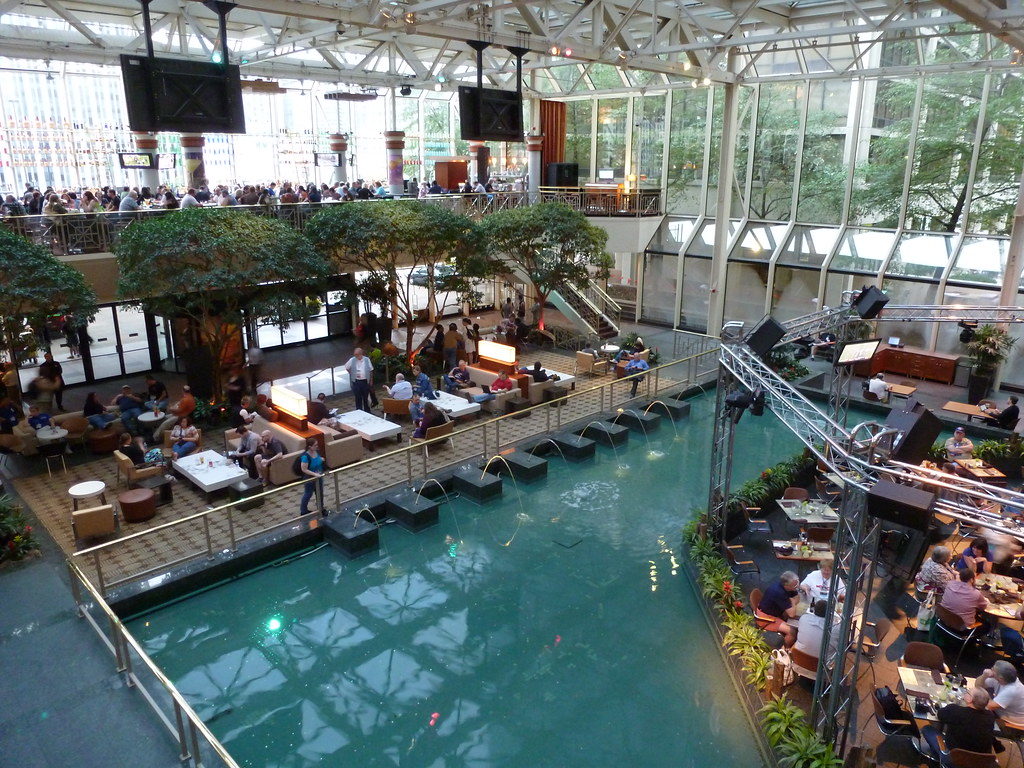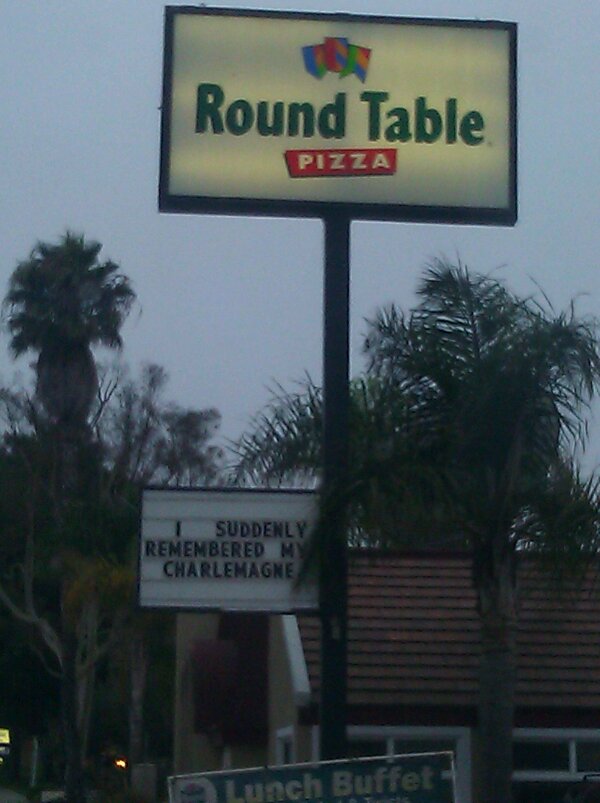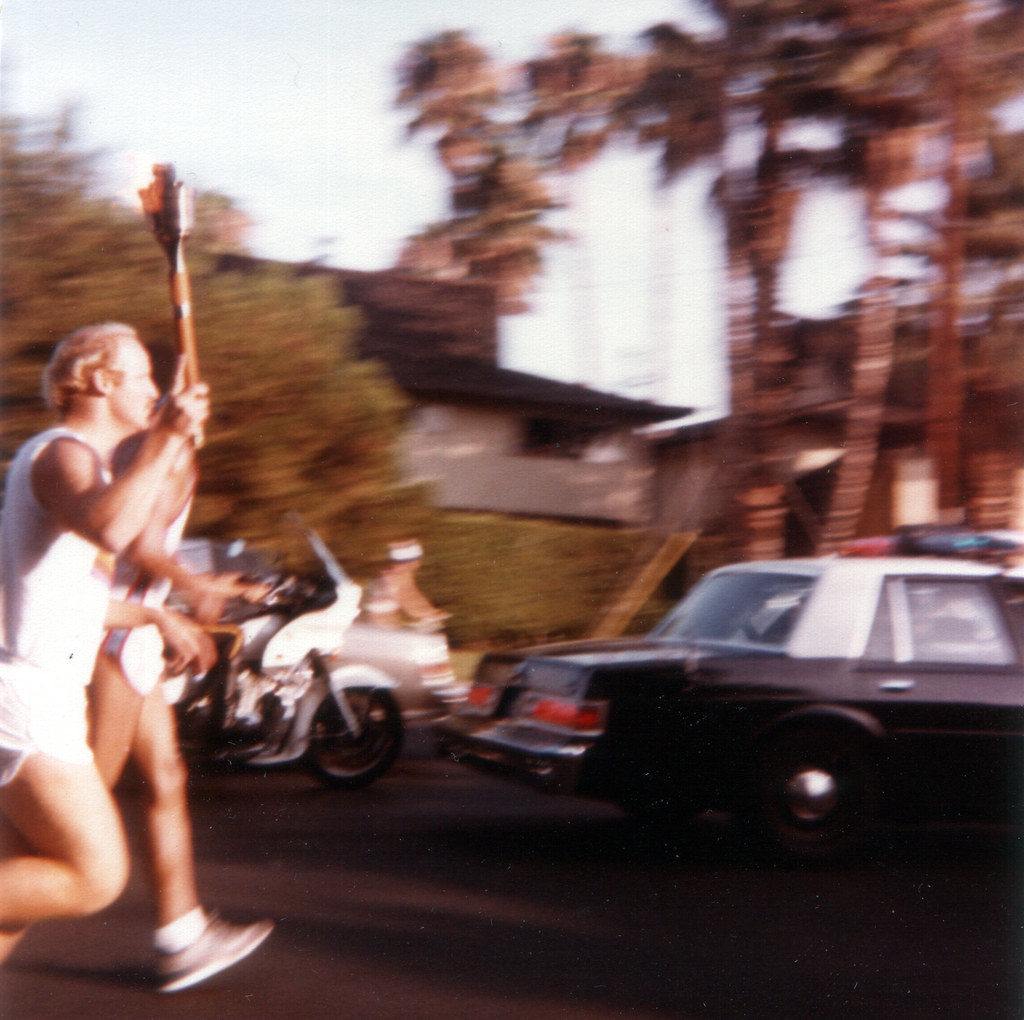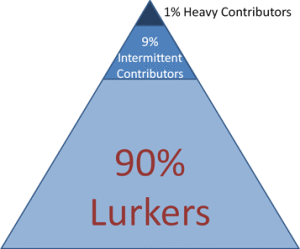A few lessons we learned the hard way on our recent trip to Chicago for Worldcon/Chicon 7.
#1: Don’t count on laundry being easy. The hotel we stayed at didn’t have a laundry room, but they did have a laundry service…for $8 a shirt. Fine for the business traveler who needs one outfit cleaned, but a family of three could spend hundreds of dollars on a single load. No problem, you might think: find a laundromat. No such luck: As near as we could find, there are no laundromats in downtown Chicago. I ended up spending $12 each way for a taxi out to the suburbs so we could have clean clothes for the second half of the trip. The most expensive load of laundry I’ve ever done, but an order of magnitude cheaper than the hotel laundry service.
What do people who live in Chicago do if their washing machine breaks down? Or do the high-rise buildings have extra laundry rooms for residents?
#2: Having your toddler’s own car seat on the airplane is great. Lugging it around the airport, hotel, shuttles and taxis? Not so much. J slept through the first ⅔ of the flight out and the first ⅓ of the flight back. Despite the unfamiliar circumstances of the plane, he was in a familiar, comfortable seat, and I’d recommend it for any parent who can afford to buy their toddler his/her own seat. But it’s still a pain to drag it around. Update: We’ve since picked up a tiny folding luggage cart. We can roll the seat all around the airport, then fold up the cart and put it in a carry-on bag. I think it cost about $15-20.
#3: Remember to factor in parking when evaluating the cost of car rental. Since we were bringing the child car seat anyway, we figured we’d rent a car and just snap it in. It worked well enough, but when we got to the hotel we were faced with a $52/night parking charge. Over 9 days, that added up to more than the cost of renting the car! And the first place we drove to, Lincoln Park Zoo, cost $30 for parking – more than cab fare would have been.
It became clear that most of what we wanted to do was going to be within walking distance, and it would be cheaper to return the car early and take taxis to the places farther out. That’s exactly what we did.
#4: How much Internet access do you really need? Our hotel had a nice setup: A) $12.95 for 24 hours for up to three devices for in-room wi-fi. B) Free wi-fi in the lobby. C) Convention areas were paid for by the con. Over 9 days we pulled out the laptop maybe three or four times, and we used the tablet every day.
The thing is, my heaviest online use of the tablet was in the convention, not in the room. In the room, I was mostly checking email/social networks or playing offline games, or one of us was reading (either to ourselves or to J). These are low-bandwidth activities where high latency isn’t a problem, and it would have been fine to fire up the phone’s mobile hotspot for a few minutes or even read email offline & let it sync the next time I was in the lobby. (I caught up on email on the airplane on the way back, then let the changes & replies sync up after when we landed.)
Obviously this will depend on how connected you want or need to be, and what other devices you have. In our case, we paid for 7 or 8 days of internet and probably only needed 3 or 4.



